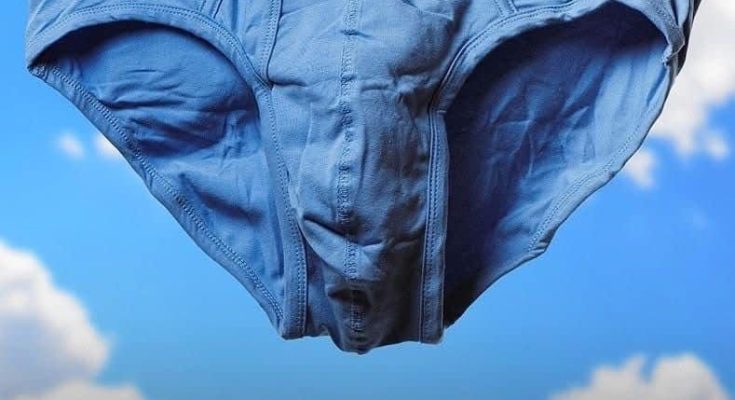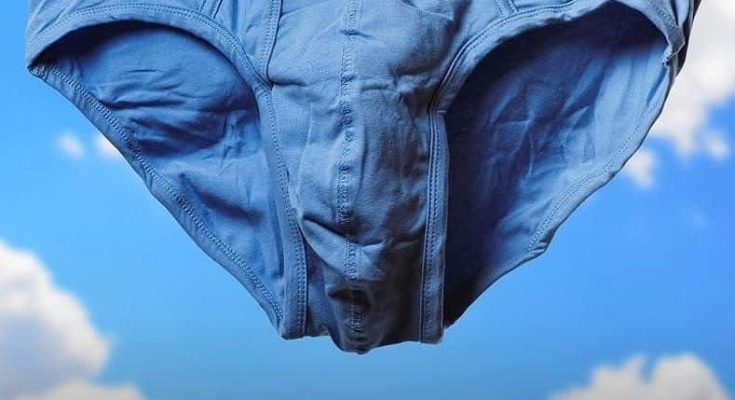1. Historical Origins:
The fly has its origins in traditional male garments dating back hundreds of years. Here’s how it evolved:
- Early Garments: Before modern underwear, men often wore loincloths or other types of loose, draped cloth to cover their lower bodies. These garments weren’t form-fitting, and therefore didn’t require specific access points for urination or other bodily functions.
- Tight-fitting Garments: By the 17th and 18th centuries, men began to wear more structured undergarments, like breeches or pantaloons. These garments were tighter around the waist and legs, so practical access to relieve oneself became a concern. During this period, the fly started appearing in different forms as a way to facilitate easier access without needing to remove the entire garment.
2. The Invention of Modern Underwear:
The 19th century saw the development of the first true modern underwear, as we know it today. The fly became more standardized in men’s undergarments as designs changed to be more fitted.
- Boxer Shorts and Briefs: By the early 20th century, as the boxer short and brief styles became popular, manufacturers started adding a small opening at the front to allow for easier access to the genitals, primarily for urination. The fly was an integral feature in both of these styles of underwear.
- Elastic Waistbands: With the introduction of the elastic waistband in the 1930s, which replaced drawstrings and other fasteners, underwear became more comfortable and secure. But the fly remained, serving a practical function.
3. Functionality of the Fly:
The primary function of the fly remains convenience and ease of use. Here’s why it exists in men’s underwear:
- Urination: The fly allows men to urinate without pulling down the waistband or removing the entire garment. By opening the fly or using the opening, a man can relieve himself without fully disrobing. This is especially useful in public restrooms, where men may prefer to unzip and use the fly to avoid pulling down their pants.
- Comfort and Accessibility: The fly also provides easier access for other personal needs, such as adjusting or repositioning oneself comfortably without having to remove the underwear.
4. Fly Design Variations:
The fly isn’t always a single uniform feature—it can vary in design, and different brands may approach it in different ways:
- Button Fly: Some underwear, especially older or traditional styles, feature a buttoned fly, which can be opened or closed with buttons. This type of fly is commonly seen in classic boxer shorts.
- Pouch Design: Modern underwear, especially boxer briefs or briefs, may have a pouch design that doesn’t require a traditional fly but still allows for easy access. These pouches are engineered for comfort, providing a natural shape and support for the genitals.
- No Fly: Some modern styles, like hipster briefs or more form-fitting underwear, may omit the fly altogether, offering a sleeker, more minimalist design.
5. Cultural and Fashion Influence:
The fly has persisted as a design element in men’s underwear largely because of cultural tradition. In Western fashion, the fly has been a staple feature of men’s clothing for so long that it remains expected, even though its practicality may have lessened in modern times.
- Underwear Styles without a Fly: With the rise of athletic and performance-oriented underwear, like compression shorts or seamless underwear, the need for a fly has decreased. These designs are more about streamlined comfort and support rather than ease of access for urination.
- Fashion Statements: Some modern underwear designs feature no fly for aesthetic reasons. A fly-less design can create a more sleek and tight-fitting look, which is desirable in some fashionable circles. Underwear brands that focus on luxury or high-performance may opt for designs without flies for that reason.
6. Why Do Some Men’s Underwear Still Have a Fly?
Even though some men’s underwear styles have moved away from the fly, it’s still a common feature in many types of men’s underwear for several reasons:
- Practicality: For many men, the fly continues to serve its original purpose of providing quick and easy access for urination, which remains a convenient feature.
- Tradition: As mentioned, the fly has become such a longstanding feature in men’s underwear that it’s hard to completely eliminate, especially in more traditional styles like boxers and classic briefs.
- Variety: For those who prefer boxers or more traditional styles, the fly is an essential element. It’s a choice for those who still prefer the old-school design, even in modern times.
7. Fly-less Alternatives:
In recent years, some men’s underwear brands have introduced designs that are completely fly-less, especially for athletic or sporty underwear. These designs provide better support and comfort without the extra bulk of a fly. Fly-less designs also tend to feel more streamlined and less prone to wear-and-tear.
- Compression Shorts and Performance Underwear: These often do not have a fly, as the primary goal is to provide support and keep everything in place during activity.
- Seamless Underwear: These designs don’t feature a fly either, making them a more modern option for men who prefer a minimalist approach.


